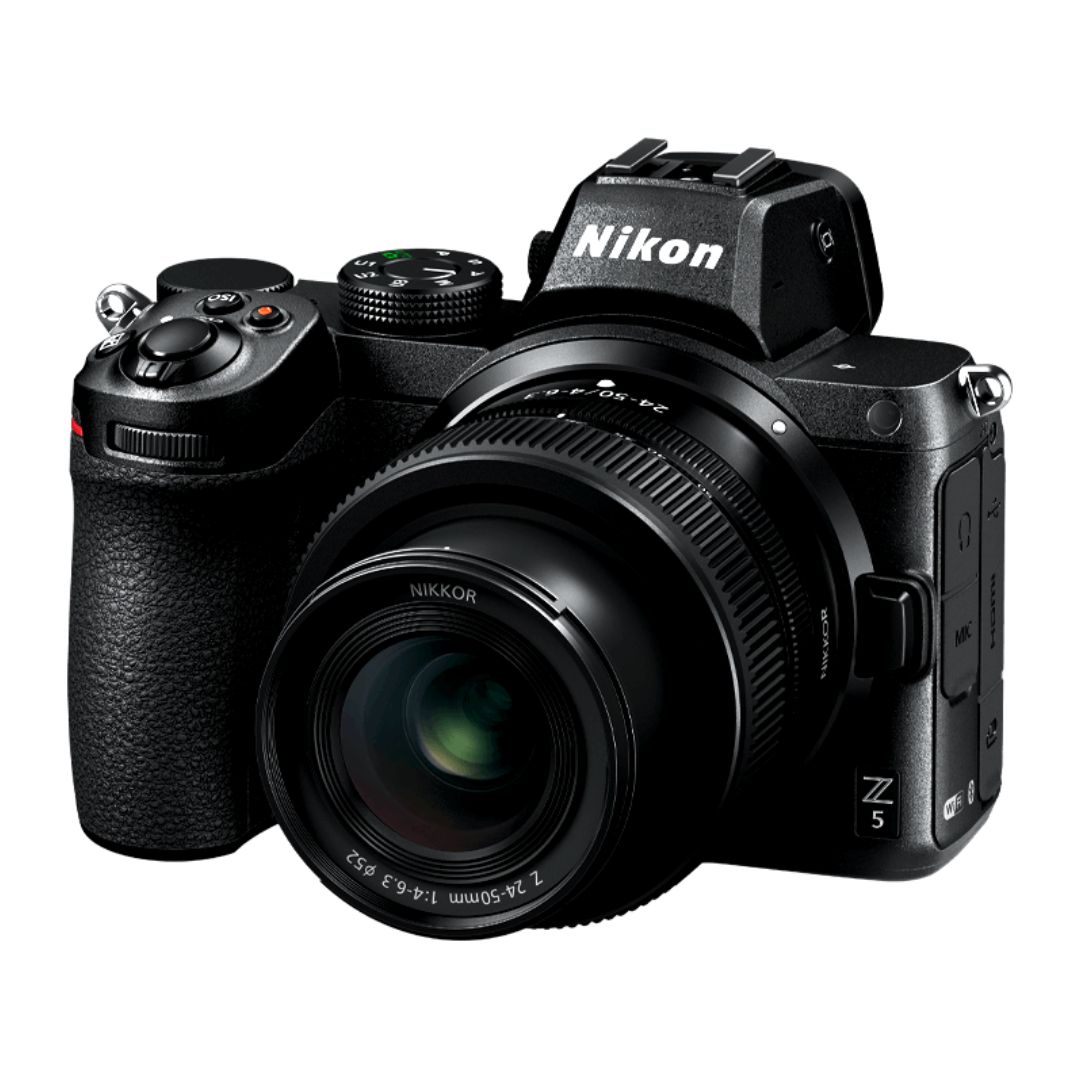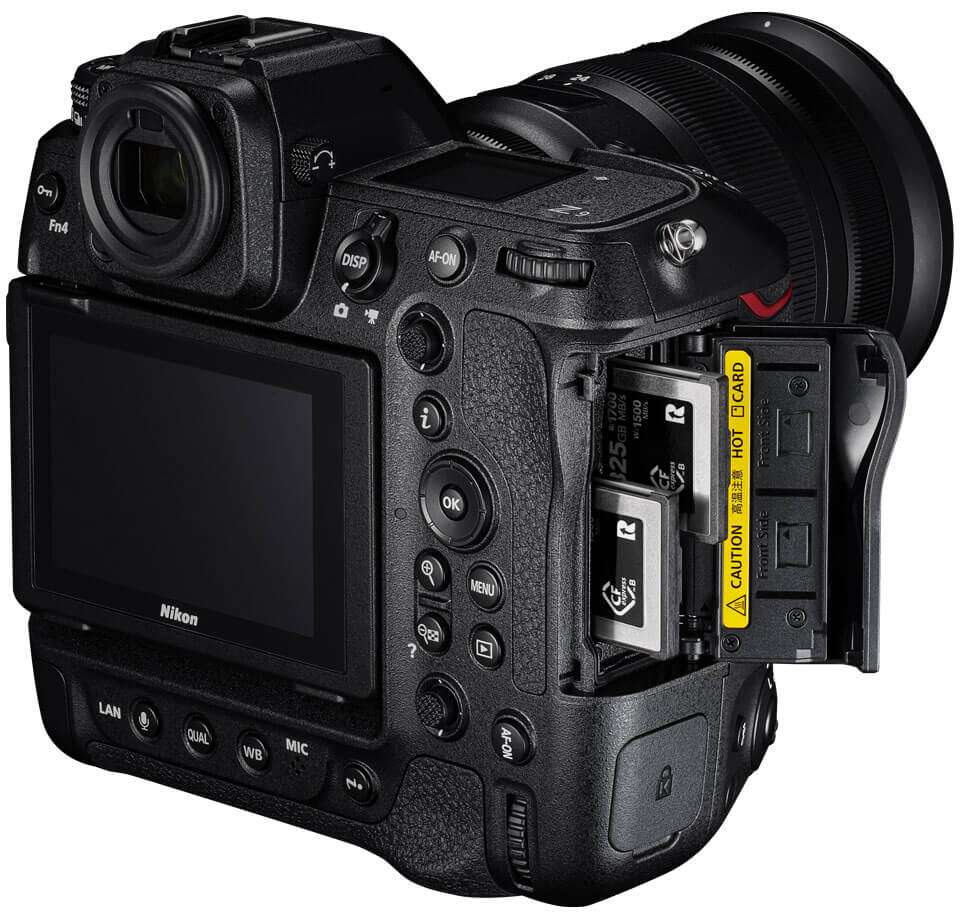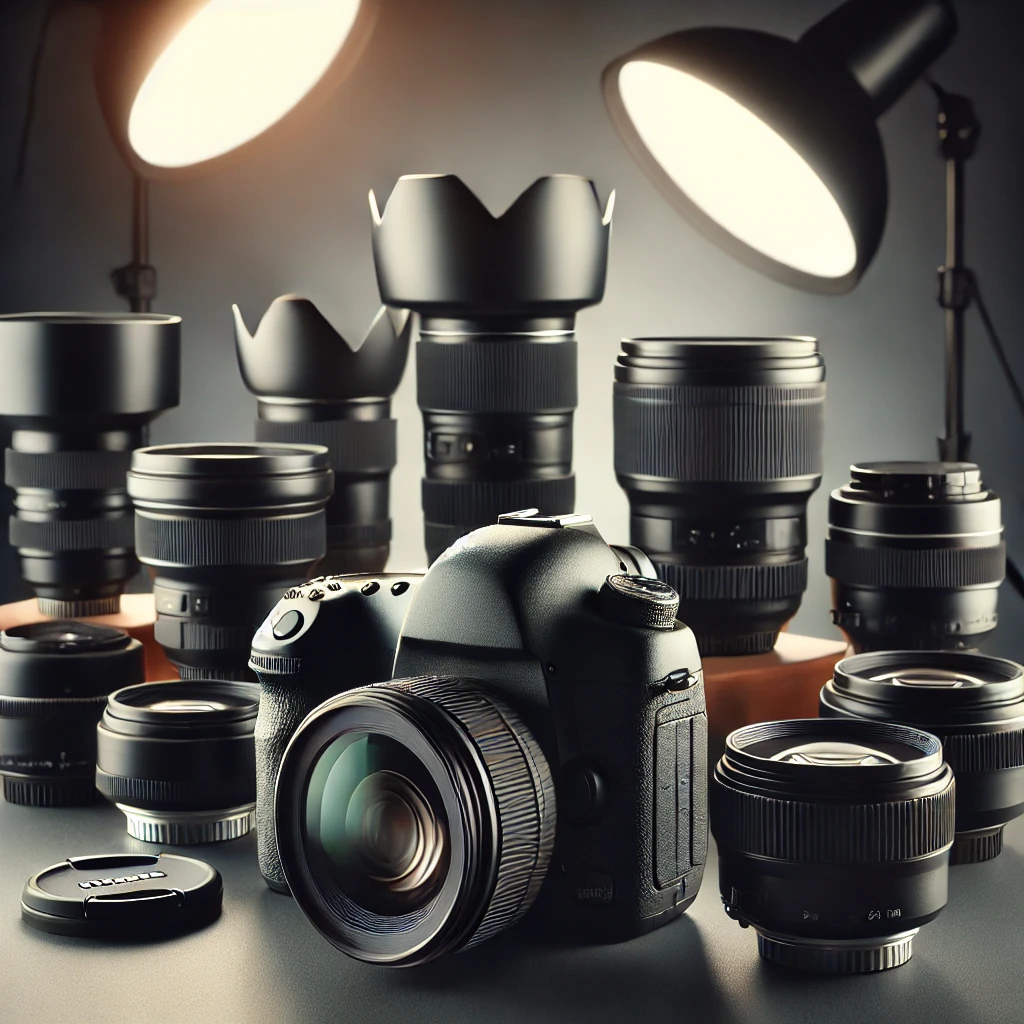Product photography plays a crucial role in marketing and e-commerce, where high-quality images can make or break a sale. A critical component of capturing stunning product images is selecting the right lens. The correct lens enhances sharpness, depth, and detail, ensuring that your products look professional and enticing. This guide will cover the best lenses for product photography, their features, and how to choose the ideal one for your needs.
Why the Right Lens Matters in Product Photography
A camera lens determines the clarity, focus, and overall aesthetics of a product shot. Choosing the right lens can improve image quality by:
- Enhancing sharpness and detail
- Reducing distortion
- Achieving better depth of field
- Improving low-light performance
A poor choice of lens can result in blurry, distorted, or unappealing product images, affecting brand credibility and conversion rates.
Types of Lenses for Product Photography
1. Prime Lenses
Prime lenses have a fixed focal length, meaning they do not zoom. Their main advantages include superior sharpness, wider apertures, and improved low-light performance.
- Best Use Case: Studio product photography
- Popular Models:
- Canon EF 50mm f/1.8 STM
- Nikon AF-S Nikkor 50mm f/1.8G
- Sony FE 50mm f/1.8
2. Macro Lenses
Macro lenses are ideal for capturing small details, making them perfect for jewelry, watches, or intricate product textures.
- Best Use Case: Close-up shots and fine detail photography
- Popular Models:
- Canon EF 100mm f/2.8L Macro IS USM
- Nikon AF-S VR Micro-Nikkor 105mm f/2.8G IF-ED
- Sony FE 90mm f/2.8 Macro G OSS
3. Zoom Lenses
Zoom lenses allow photographers to adjust focal lengths without changing the lens. They offer flexibility but may not be as sharp as prime or macro lenses.
- Best Use Case: Versatile shooting conditions
- Popular Models:
- Canon EF 24-70mm f/2.8L II USM
- Nikon AF-S Nikkor 24-70mm f/2.8E ED VR
- Sony FE 24-70mm f/2.8 GM
4. Tilt-Shift Lenses
Tilt-shift lenses help correct perspective distortions, making them useful for maintaining straight product lines, especially in flat-lay photography.
- Best Use Case: Professional studio photography
- Popular Models:
- Canon TS-E 90mm f/2.8
- Nikon PC-E Micro 85mm f/2.8D
- Rokinon T-S 24mm f/3.5 ED AS UMC
5. Wide-Angle Lenses
Wide-angle lenses are less common in product photography but can be used for creative compositions or large product displays.
- Best Use Case: Large products and lifestyle shots
- Popular Models:
- Canon EF 16-35mm f/2.8L III USM
- Nikon AF-S Nikkor 14-24mm f/2.8G ED
- Sony FE 16-35mm f/2.8 GM
Key Factors to Consider When Choosing a Lens
1. Focal Length
Focal length affects composition and perspective. For product photography:
- 50mm – 100mm: Ideal for general product shots
- 100mm – 200mm: Best for macro photography
- 24mm – 50mm: Suitable for creative wide-angle shots
2. Aperture
A wider aperture (lower f-number) allows more light and creates a shallow depth of field, which is helpful in highlighting products.
3. Image Stabilization
Lenses with image stabilization help minimize blurriness caused by minor hand movements.
4. Lens Sharpness
Sharper lenses produce more detailed images. Investing in high-quality glass is crucial for product photography.
Recommended Lenses for Different Product Photography Styles
Jewelry and Small Products
- Canon EF 100mm f/2.8L Macro IS USM
- Nikon AF-S VR Micro-Nikkor 105mm f/2.8G IF-ED
Apparel and Fashion
- Canon EF 50mm f/1.2L USM
- Sony FE 85mm f/1.8
Food and Flat-Lay Photography
- Nikon PC-E Micro 85mm f/2.8D (Tilt-Shift)
- Sony FE 24-70mm f/2.8 GM
Electronics and Gadgets
- Canon TS-E 90mm f/2.8
- Nikon AF-S Nikkor 50mm f/1.8G
How to Get the Most Out of Your Lens
Use a Tripod
A tripod helps eliminate camera shake and ensures sharp images.
Control Lighting
Proper lighting enhances product textures and colors. Use softboxes, reflectors, or natural light for the best results.
Adjust Depth of Field
A shallow depth of field (low f-stop) isolates the product, while a deep depth of field (high f-stop) keeps everything in focus.
Post-Processing
Editing software like Adobe Lightroom or Photoshop can enhance sharpness and correct minor distortions.
Conclusion
Choosing the best lens for product photography depends on your specific needs and product type. Whether you are capturing intricate jewelry or large apparel, the right lens can elevate image quality and boost conversions. Investing in high-quality glass ensures sharp, professional-grade product photos that attract customers and enhance brand reputation.

Sony Alpha a7 IV: The Ultimate Camera for Photography

Nikon Z5 Review: Is It Worth It?
-

Nikon Z9 : Game-Changer for Photography
-

Top Features of Nikon D850 That Make It Ideal for Portfolio Shoots
Sony Alpha a7 IV: The Ultimate Camera for Photography
Explore the Sony Alpha a7 IV in this complete 2025 review. Learn how its pro-level features, real-world performance, and hybrid flexibility make it the ultimate camera for photography across genres like portraits, weddings, travel, and commercial work. Table of Contents Section 1: Introduction – Why the Sony Alpha a7 IV Stands Out The Sony Alpha…
Nikon Z5 Review: Is It Worth It?
In 2025, photographers—whether hobbyists, content creators, or professionals—seek equipment that blends value, performance, and future-readiness. Enter the Nikon Z5, a full-frame mirrorless camera marketed as a gateway to high-end imaging without a flagship price tag. But how well does it hold up under real-world demands like studio shoots, weddings, landscape adventures, and lifestyle photography? In…
Nikon Z9 : Game-Changer for Photography
Discover why the Nikon Z9 is considered a true game-changer for photography. This in-depth Nikon Z9 review explores key features, real-world performance, and how it excels in professional photo shoots in 2025. Table of Contents 1. Introduction The photography world witnessed a significant shift with the launch of the Nikon Z9, a flagship mirrorless camera…
Top Features of Nikon D850 That Make It Ideal for Portfolio Shoots
Discover why the Nikon D850 is the ultimate DSLR for portfolio shoots. Explore its top features—from resolution and dynamic range to autofocus precision and workflow speed—that help photographers create stunning, high-impact images for professional portfolios. Whether you’re a portrait artist, fashion photographer, or visual storyteller, a portfolio shoot demands technical excellence, creative flexibility, and uncompromised…
Candid Moments with Canon EOS R10: Lightweight & Reliable
In the evolving world of mirrorless photography, the Canon EOS R10 stands out as a lightweight yet powerful camera tailored for real-life storytelling. Whether you’re photographing street scenes, family gatherings, weddings, or spontaneous portraits, capturing genuine emotion requires a responsive and discreet tool. This article dives deep into how the Canon EOS R10 excels in…
Bold Portraits with Canon EOS R5: Is It the Best for Work?
Studio photography has always demanded precision, artistry, and impeccable gear. As the expectations for commercial portraits, fashion campaigns, and editorial work continue to rise, the tools we use must evolve. Enter the Canon EOS R5, a camera that has stirred the professional waters with its impressive technical specs and forward-thinking design. In this comprehensive Canon…


